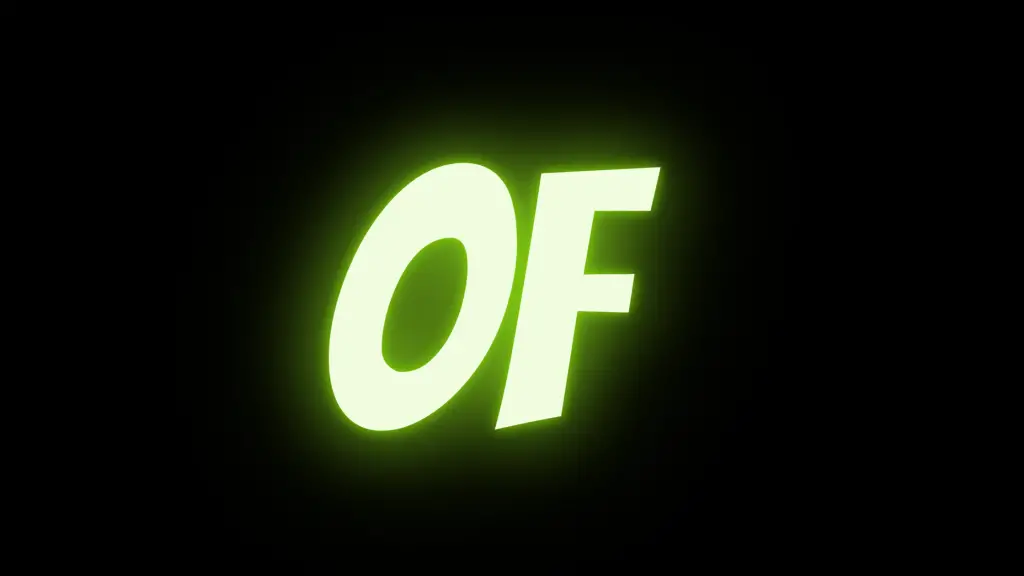Practice English or Spanish with AI here
This post is written for those who want to learn more about the preposition of in English grammar. It will describe when and why to use of, and also how to use of correctly in a sentence. The first thing you want to do is make sure you need to use of.
Of can only be used as a preposition. Of is not a conjunction. Of is not a verb. Of is not a pronoun.
How to use Of as a preposition
Of can be used in the following 8 ways as a preposition. Try to think of another example of each situation so that you can really understand this.
To show origin
We use of to show where something comes from. This can sound formal in English and the preposition from is more common in modern English.
This tea is of Chinese origin.
This can also be for the names of people. This probably comes from the Latin word “De” which can be translated as of or from. Aristocratic surnames needed this of to show which house or place they were born into.
Robert of House Baratheon
Charles de Gaulle
We also use of when we talk about the reason(ie origin) of something
He died of a heart attack.
The cause of death is unknown.
To show something is a part of a whole
We often use of when we want to show something is not the whole object. You can see this with the phrase “part of”
It is part of the plan.
Can you give me some of your orange?
I want to be part of the team.
To show composition
We use of to show what something is composed of. This could be the ingredients of a cake or parts of a car.
The car is made up of metal parts and computers.
Many tables are made of wood.
To show certain characteristics(number, qualities)
We use of to show characteristics and especially with numbers such as quantities, ages and prices.
Here are some examples of when you use of with numbers:
A lot of people think I am Dutch.
A number of people here are from Brazil.
Lots of people like Justin Beiber
The majority of people in my country support equal rights.
Most people are generous.
A couple of people I know studied at Harvard.
To show distance
We usually use of with distance when we want to say how far something is. We especially use this to show something is inside a boundary and with the preposition within.
It is within the boundaries of the course.
Your house is within twenty kilometres of the stadium.
Her house is within walking distance of the beach.
This use of within can also be used in other contexts
He was within an inch of his life.
He was within an inch of winning the masters.
To show possession
Of is often used when we need to show who owns something.
This car is the property of the landowner.
The leg of the chicken is the best part.
The house of my father is over there.
This way of using of is when we show that the first object belongs to the second object. This form of English is not very common in modern English. In the third example above, it is much more common to say “My father’s house is over there”.
To show the object of two nouns or after an adjective
We use of in this situation after an adjective or a noun.
It was brave of you to speak up in front of your accuser.
I am tired of doing everything.
It is time for the changing of the guards.
This is typical behavior of teenagers
To show duration
We use of to show a point in time or how long something takes. Again, this is similar to consisting of.
After a delay of 6 hours, we were ready to leave the harbor.
Your training is made up of 20 minutes running and 10 minutes of swimming.
Of a quiet evening, the birds were singing.(This is old, or more poetic English)
As you can see, of has many meanings depending on the context.
These can be summarized as:
- To show origin
- To be a part of
- To consist of
- With numbers
- To show one noun is the object of another noun or adjective(objective genitive)
I hope that this helps you to understand this difficult topic in English grammar.
- 10 Words or Phrases “To Make Her Feel Special” - October 16, 2024
- Synonym Generator - September 11, 2024
- [BrutallyHonest] Langua AI Review – Can you learn a language with AI? - April 23, 2024


